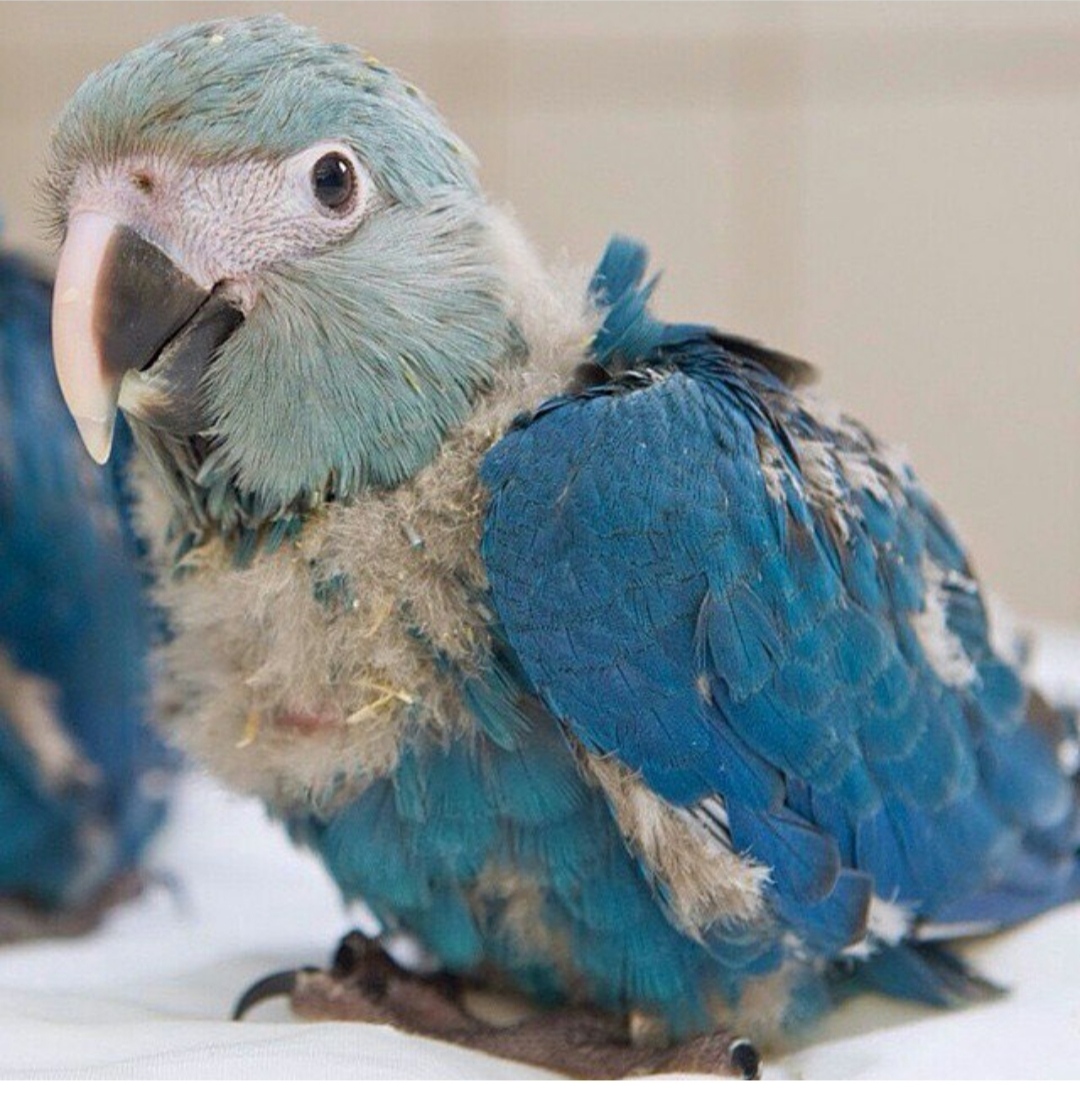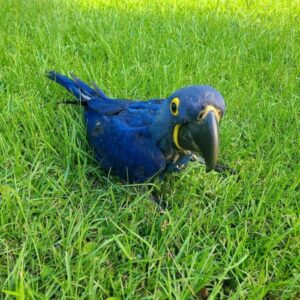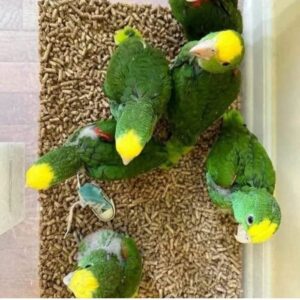Description
Spix’s Macaw Babies For-Sale, the Spix’s Macaw (Cyanopsitta Spix) – also known as the Little Blue Macaw for sale – is by far the rarest Macaw in the world. We imported these macaws from Brazil and started breeding from 2011 to date. Spix’s Macaw babies For-Sale. The Spix’s Macaw belongs to a group that is commonly referred to as the “Blue Macaws”, which includes the closely related Glaucous Macaws (Anodorhynchus glaucus), Lear’s Macaws (Anodorhynchus learn) and the Hyacinth (Anodorhynchus. hyacinthinus). All members of this group are either extinct or at risk of becoming extinct.
Classification of Spix’s Macaw Babies
Class: Aves.
Order: Psittaciformes.
Family: Psittacidae
Genus and Species: Monotypic genus. Cyanopsitta Spix. Originally named Sittace Spixii Wagler 1832 (Collar et al. 1992). Cyanopsittaca Bonaparte 1850s, Cyanopsittacus Salvadori 1891 (Juniper 2002).
Subspecies: No subspecies are known to exist.
Common name: Spix’s Macaw.
Other common names: Little Blue Macaw, Ararinha Azul (PO), Spixara (D), Ara de Spix (F), Spix Ara (DK), Guacamayo de Spix (E).
Type specimen: Collected by Johann Baptist von Spix in April 1819 in Joazeiro, Rio São Francisco, Brazil, used by Johann Wagler in describing the species in 1832.
Etymology: Cyanopsitta translates to the blue parrot; Spix is after Johann Baptist von Spix.
Lifespan
Based on the limited data that is available on this species, They can live between 20 to 40 years, the average being 28 – 29. It is estimated that captive birds can live about 10 years longer than the wild specimen. The oldest recorded Spix’s Macaw hatched in 1976 and in 2010 – at the ripe age of 35 years – he produced two chicks. (Hatched at the Al Wabra Wildlife Preservation [AWWP] in Doha, Qatar)







Reviews
There are no reviews yet.